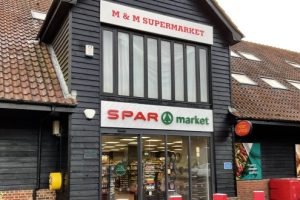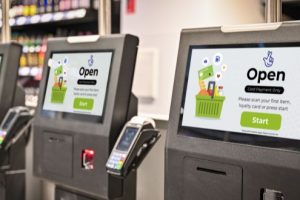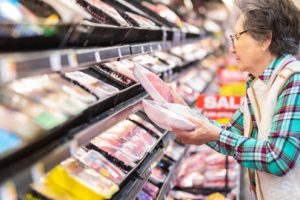The forecast, formed in consultation with the industry, predicts that the sector will decline by 43% to £10.8bn in 2020 – a decrease of £8.1bn on 2019.
A degree of bounce-back is expected in 2021, with high levels of year-on-year growth off a low base. However, in 2022 – despite continued high growth rates – the market will only return to 88% of 2019 levels, valued at £16.7bn
Nicola Knight, senior food-to-go analyst at IGD, said: “Footfall in cities and transport hubs – on which many food-to-go businesses depend – has so far been slow to return. The shift to more homeworking in particular has had massive implications for food-to-go. Specialist operators with sites prevalent in affected locations are already adapting strategies to offset this long-term change in consumer behaviour.
“The return will be gradual and may be subject to reversal; trends may differ by geographic area subject to local lock-downs. It is reasonable to assume that a degree of homeworking will form a part of the new normal in the short and long term, which may mean food-to-go businesses will adapt to fit in with their customers’ work patterns rather than wait for old habits to resume.”
IGD also predicts that retailers will benefit from increased visits where food-to-go crosses over with other shopping missions. Convenience stores in particular have and will continue to benefit from their local presence, the IDG forecasts.
Knight added: “Changes in consumer behaviours throughout this period offer up opportunities but food-to-go businesses need to be quick to grab them. Never has it been more important to know your customers, understand them and engage with them.
“Picnic sets for outdoor socialising, lunch boxes for home workers and meals to be heated at home are all examples of rapid deployment of new ranges adapted to current consumer needs. Responding this quickly requires staying close to customers, building strong partnerships with suppliers and an internal structure designed for fast decision-making. Well-developed digital loyalty, communications and ordering systems have a real role to play for businesses looking for an edge here. Engaging with customers in this way should also help retailers to understand where the demand has moved to if city centres and transport hubs continue to lose footfall.
“Delivery should also continue to form a part of retailer and operator strategies, particularly if local lockdowns progress. To offset the price of third-party delivery charges many operators are moving to delivery-only dark kitchens with lower overheads.”
 Talking Retail Grocery and product news for independent retailers
Talking Retail Grocery and product news for independent retailers






